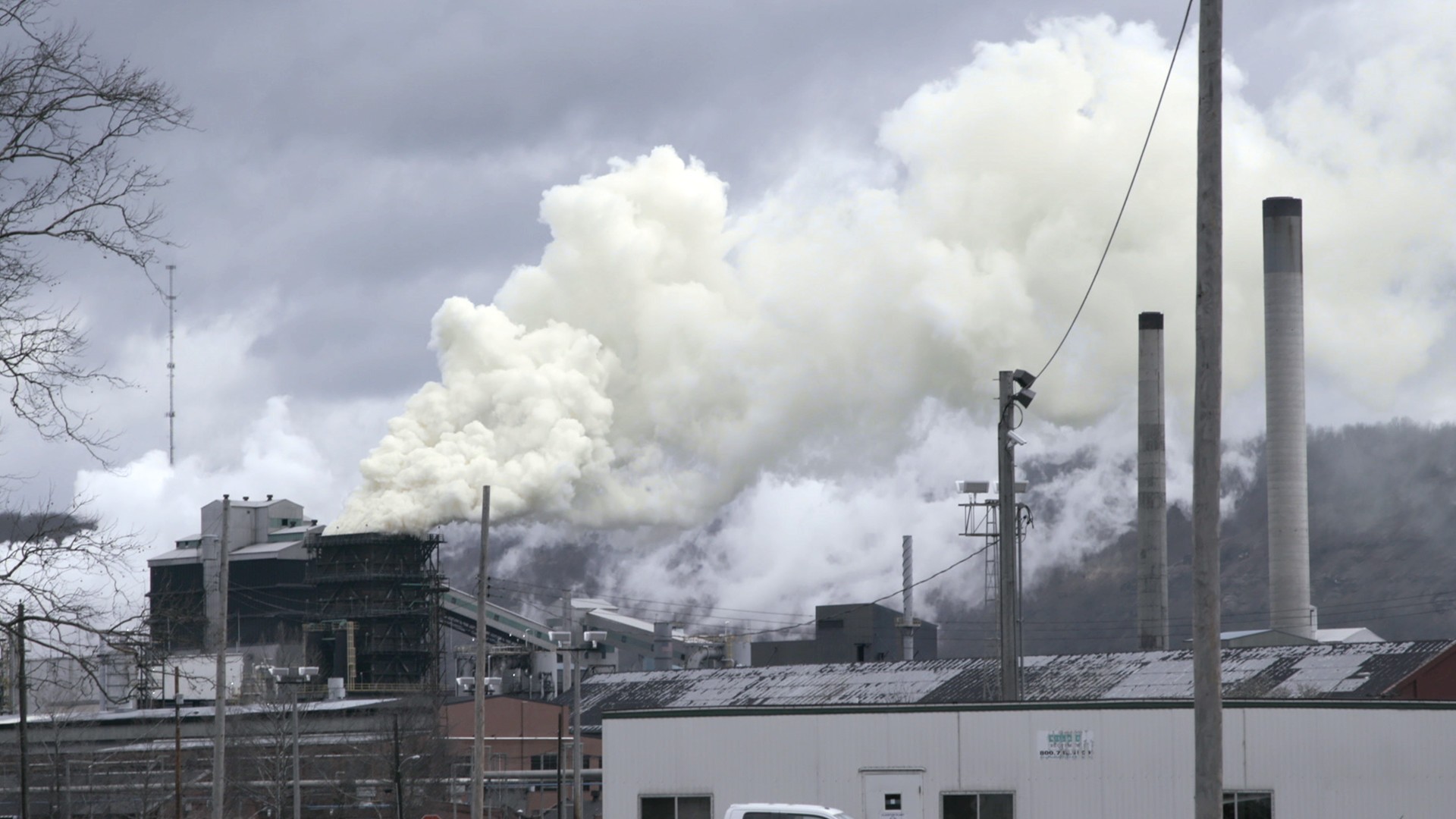Anti-DAPL protesters outside the Trump International Hotel in DC. Photo by Chip Somodevilla/Getty
On Wednesday, a federal judge ruled that the US Army Corps of Engineers did not sufficiently evaluate the environmental impact of the Dakota Access pipeline (DAPL) and needs to go back and redo its environmental assessment. The decision breathes new life into the Standing Rock Sioux Tribe's ongoing battle against the pipeline, which runs under the tribe's major water source.While the controversial pipeline, which has been transporting oil since June 1, continues to run, the possibility of it being shut down feels very real for the first time.In his 91-page decision, Judge James Boasberg wrote, "the Court agrees that [the Corps] did not adequately consider the impacts of an oil spill on fishing rights, hunting rights, or environmental justice, or the degree to which the pipeline's effects are likely to be highly controversial."The Standing Rock Sioux chairman, Dave Archambault II, called the decision "a major victory for the Tribe."The DAPL was the subject of massive protests and an encampment that attracted Native Americans and activists from across the country. The cause attracted media attention in the fall and winter, especially after clashes between activists and cops. Near the end of Barack Obama's term, the corps announced that it was looking at alternate routes, but that decision was quickly reversed under the Trump administration, prompting a court challenge from the tribe.The court found that the corps violated the National Environmental Policy Act (NEPA). Under NEPA, a federal agency must prepare an environmental impact statement (EIS) that evaluates the impact of a major project (like a pipeline) on people in the area and on the environment. The corps never did this."This may be a first-of-its-kind decision, overturning NEPA analysis for environmental justice reasons," says Jan Hasselman, an attorney with Earthjustice who is representing the tribe in the suit.
Watch: Toxic Air in Steam Valley
In a sense, the decision puts them right back to where they were before Trump took office."We're back where we were in the fall where we're trying to make the case to the administration that they need to do a full EIS and pick a different route," Hasselman says. "That was an uphill struggle before. We now have a crazy man-baby running the show so that's going to be even harder now."The corps did prepare an Environmental Assessment (EA), which is the first step toward determining if an EIS is necessary. Or rather, Dakota Access prepared the assessment "with involvement from the Corps," according to court papers, but the EIS was never deemed necessary. This was one of the issues at the heart of the tribe's case."It is important to note that while Judge Boasberg asked the Corps to provide greater substantiation for its conclusions, the Court did not find the prior determinations to be erroneous," Lisa Dillinger, a spokeswoman for Energy Transfer Partners, the company that operates the pipeline, told me in an email. She added that "pipeline operations can and will continue as this limited remand process unfolds.""What we've been saying from the beginning is that this project has a significant impact," says Hasselman. "We do environmental impact statements for dog parks and drinking water pipelines—how could we not be doing an EIS for this project? This affects some of the poorest, disadvantaged people in our community."The question now is obviously what happens next. The "standard remedy" for NEPA violations, according to court papers, is that the permit is vacated. That would mean the pipeline couldn't operate the pipeline until the corps complies with the law. That's complicated by the fact that the DAPL is already transporting oil along its 1,200-mile course.The court has the option of allowing the pipeline to stay operational for now and will hear arguments from both sides in the coming months. Next week, parties will meet before the judge in Washington, DC, to lay out the timeline for filing briefs.The judge could decide over the next few months that the pipeline needs to be shut down while the corps does its review. He could also decide to keep the pipeline running. The court didn't order a full EIS, but if after hearing arguments it decides that an EIS is necessary, that could potentially take years."I think it's important to understand that at the end of the day, they the laws don't require that we pick the most environmentally protective option available," says Hasselman. "But once the review is done, the government has a decision to make—move the pipeline or keep the pipeline. In this political environment, I think we know where the gravity takes us."According to court documents, when the pipeline's route was initially planned, one option would have brought the pipeline near Bismarck—but that would have cost an addition $33 million and would have run the DAPL closer to more densely populated areas."When the books are written on this, the biggest impact of this fight will be on the next ten pipelines after DAPL," Hasselman tells me. "Clearly the old ways of doing business aren't going to work anymore. We have a whole group of people—especially young people and native people that are feeling pretty empowered about their ability to change the trajectory. If you're some company out there that wants to build a big pipeline, you're looking at this and thinking really hard about whether you want to participate in that."This article has been updated to include comment from Energy Transfer Partners.Cole Kazdin is a writer living in Los Angeles.
Advertisement
Watch: Toxic Air in Steam Valley

In a sense, the decision puts them right back to where they were before Trump took office.
Advertisement
Advertisement
